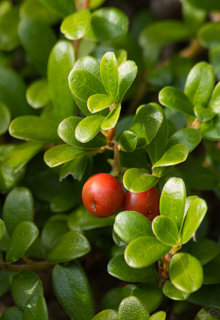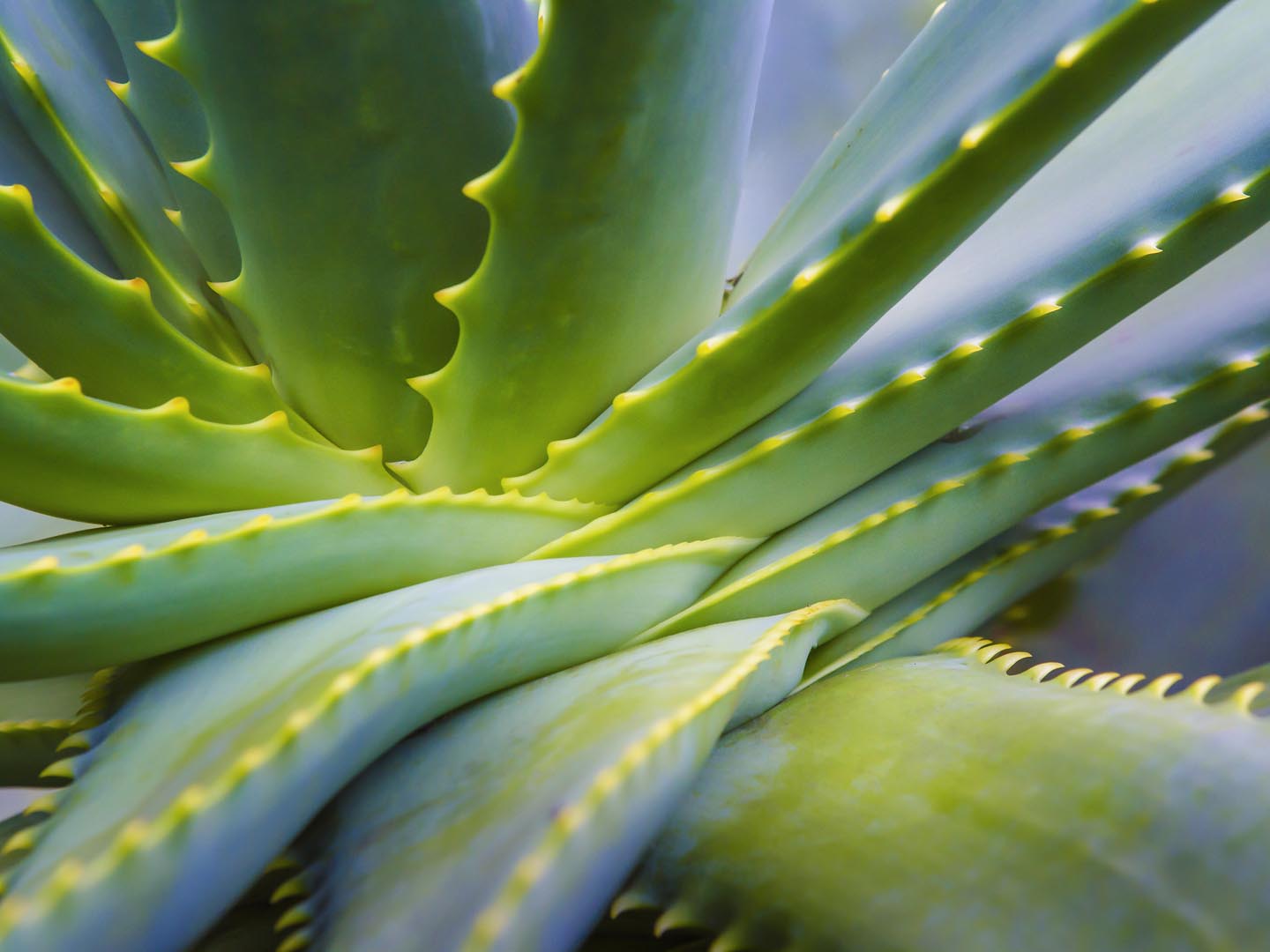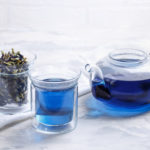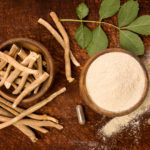Uva Ursi

Uva Ursi (Arctostaphylos uva-ursi)
Uva ursi, also known as bearberry, kinnikinnick, and pinemat manzanita, is a small groundcover shrub distributed throughout northern latitudes and in high altitudes further south. The plant produces small; stiff evergreen leaves that last 1-3 years before falling. In late spring, white to pink flowers bloom, eventually producing ¼- to ½-inch red berry fruit that survives until early winter. Bears eat the fruit berries, leading to the plant’s Latin name uva ursi, which means “grape’s of the bear.” Native Americans have used uva ursi for hundreds of years, often combining the leaves with tobacco and other herbs for smoking.
Uses For Uva Ursi:
Uva ursi is most commonly used for treating acute urinary tract infections (UTIs). However, the supportive medical research is scant. In the past, it has been recommended as preventive against recurrent UTI, but there are significant safety concerns.
One double-blind trial found that women who took an uva ursi extract for one month experienced a significant decrease in recurrence of UTI symptoms at the one-year follow-up to the study. Researchers believe that the kidneys filter arbutin, a compound found in the leaves of uva ursi, into the urine, where it acts as an antimicrobial. However, extended use of uva ursi may be harmful and is not recommended for long-term prevention of UTIs.
Uva Ursi Is Available In:
Crushed leaves, powdered preparations, and capsules. Note: only leaves, not the berries, are used in herbal medicine.
Interactions And Warnings:
Uva ursi may act as a diuretic in the body, affecting levels of certain drugs (such as lithium) in the blood stream. Talk with your doctor before taking uva ursi.
Uva ursi is likely safe for short-term use in adults, but it may cause nausea, vomiting, and urine discoloration in some people. High-dose and long-term use (more than two to four weeks) are strongly discouraged because they have been associated with liver damage and eye problems, and there are suggestions of carcinogenicity.
When Buying Uva Ursi:
Uva ursi contains a compound called arbutin; look for standardized products that contain 400-800 mg of arbutin.
Uva Ursi Dosage:
As dried herb, 2-4 g per day, standardized to a total of 400-800 mg of arbutin. As a tea, soak 3 g of dried leaves in 5 oz. of water for 12 hours. Strain the tea and drink hot or cold, 3-4 times per day.
Child Dosage:
Not recommended for children.
Dr. Weil Says:
Uva ursi may kill some bacteria that cause UTIs and reduce inflammation. However, don’t use it for more than a week because it can irritate the liver. Also, you must keep your urine alkaline in order for the uva ursi to work – this means eating lots of fruits and vegetables.
SOURCES:
Consumerlab. consumerlab.com/tnp.asp?chunkiid=21533Head, Kathleen A. “Natural approaches to prevention and treatment of infections of the lower urinary tract.” Alternative Medicine Review 13, no. 3 (2008).
Larsson, Bertil, Aino Jonasson, and Stefan Fianu. “Prophylactic effect of UVA-E in women with recurrent cystitis: a preliminary report.” Current therapeutic research 53, no. 4 (1993): 441-443.
Uva Ursi. Natural Medicines Comprehensive Database. Stockton, CA: Therapeutic Research Faculty. [Updated Dec. 21, 2011; Reviewed Dec. 21, 2011; Accessed Apr. 9, 2014]. naturaldatabaseconsumer.therapeuticresearch.com/nd/Search.aspx?rn=3&cs=NONMP&s=NDC&pt=100&id=350&fs=NDC&searchid=45727925
University of Maryland Medical Center. Uva Ursi. umm.edu/health/medical/altmed/herb/uva-ursi
Yarnell, Eric. “Botanical medicines for the urinary tract.” World journal of urology 20, no. 5 (2002): 285-293.
Reviewed by Russell Greenfield, M.D., August, 2016.









